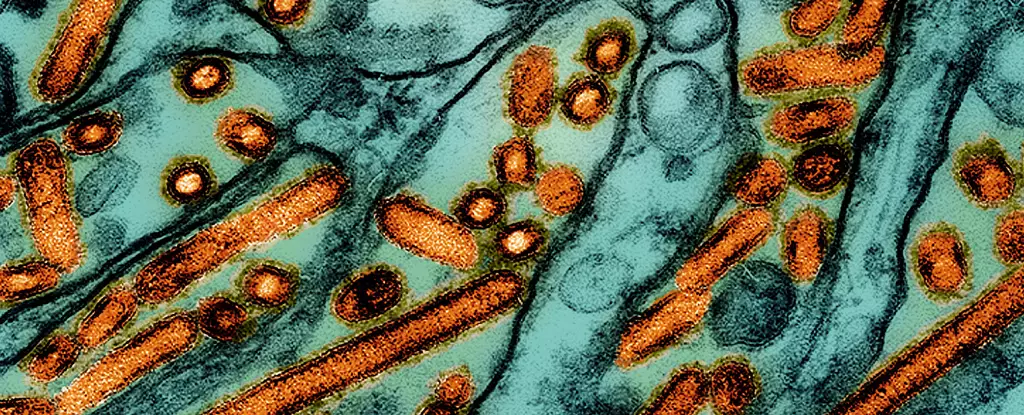The announcement of severe avian influenza in an elderly patient from Louisiana has raised alarm bells across the United States. This unfortunate situation marks a significant escalation in what has already been a notable increase in infections during the current outbreak of 2024. With 61 reported cases thus far, including this serious instance, there is growing concern about the possibility of a wider pandemic. Previous cases in the U.S. had generally involved mild symptoms, with patients recovering at home. However, the critical condition of the Louisiana patient underscores the lethal potential of the H5N1 virus, prompting urgent discussions among health officials.
H5N1, commonly referred to as bird flu, has a notorious reputation for its harsh consequences on human health. Several reports from around the world reiterate the virus’s dangerous nature, with an emphasis on the fact that severe illness can often lead to death in a significant percentage of cases. The Centers for Disease Control and Prevention (CDC) characterized the Louisiana patient’s health status as “critical” due to severe respiratory illness stemming from H5N1 infection. Compounding the situation is the elderly demographic of the patient, who is over 65 and suffering from pre-existing medical conditions. This scenario highlights not just the individual risk, but also the broader implications for public health as vulnerable populations face elevated risks during outbreaks.
In light of the worsening situation, California’s state government declared a state of emergency to facilitate a robust response to the latest avian influenza outbreak. Governor Gavin Newsom emphasized that the proclamation is a concentrated effort to ensure resources are available for government agencies to act efficiently. This proactive approach is vital, as monitoring systems are crucial to contain the virus effectively. With the virus not only affecting humans but also causing widespread issues in animal populations, the agriculture sector must be supported to prevent potential economic fallout alongside the public health crisis.
Genetic sequencing efforts have identified that the H5N1 virus in the Louisiana patient belongs to the D1.1 genotype, which has been observed in both wildlife and poultry populations in the U.S. The discernible distinction between H5N1 genotypes, such as D1.1 and B3.13, leads to important implications for monitoring and responding to the outbreak. Daskalakis from the CDC reminded us that while a genetic match speaks volumes, it’s imperative for researchers and health officials to remain vigilant. The sudden emergence of this genotype reinforces the need for continued scrutiny of animal populations, as they remain the primary reservoir for the virus that could jump to humans.
Experts are split regarding the urgency of the current avian influenza threat. While some express caution, indicating that public panic is unwarranted, they simultaneously emphasize the necessity for increased surveillance and preparedness. Louisiana State University scientist Rebecca Christofferson pointed out that current surveillance efforts may not be robust enough to detect all potential animal-to-human spillovers. This suggests a gap in knowledge regarding possible asymptomatic transmission among humans, raising questions about how prepared the health system truly is for the specter of a pandemic.
In an insightful development, studies have been emerging about the efficacy of mRNA vaccines against avian influenza. Recent findings revealing promising results in protecting ferrets from the virus offer a glimmer of hope in the fight against this growing concern. Furthermore, proactive measures taken by the USDA to mandate the reporting of infected raw milk samples bolster the defense system against potential human transmission routes that could complicate control efforts.
In light of the mounting cases and the emerging severity of recent infections, vigilance, collaboration, and swift action by health authorities are critical. The current H5N1 outbreak is not merely a localized issue but represents a significant health concern with global implications. It may well be a matter of time before the world must contend with the reality of a pandemic, necessitating swift action to mitigate the risks posed by avian influenza. As the situation unfolds, both the public and authorities must remain alert and prepared for any forthcoming challenges.


Leave a Reply